Cyber Monday has come and gone, but you somehow failed to acquire the right wirelessly charging, life-quantifying, smart-home-enabled wearable techno-gadget for everyone on your Christmas list. That’s OK. Books are cheap every day of the year, and they’re brimming with knowledge and inspiration. Here are some suggestions for the endurance nerds, science geeks, and just plain intellectually curious people in your life (including you).
Note that these are mostly books that I’ve read and enjoyed this year, but not necessarily books that were published this year. My operating theory is that a good book is better than a new book. (On that note, here is last year’s list.)
‘The Rise of the Ultra Runners,’ by Adharanand Finn
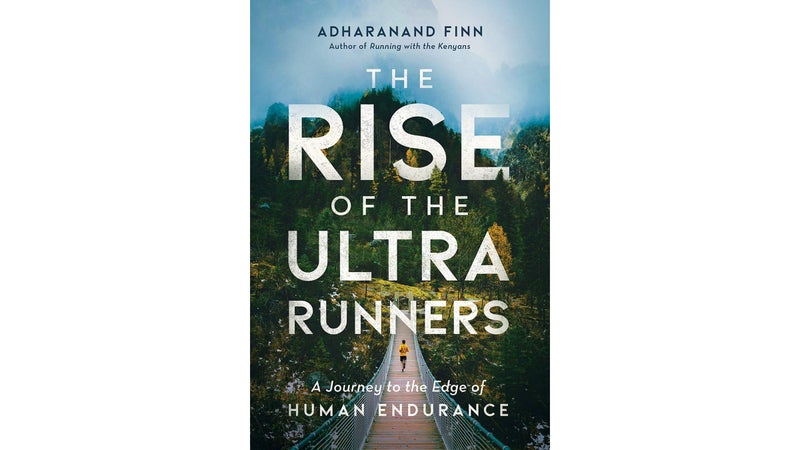
Finn, a British writer and editor at The Guardian, took his family to live in Kenya for his 2013 book ; then he took them to live in Japan for his 2017 book . , the kids got to stay home as he explored the fastest-growing running subculture of all. Finn’s new quest involves trying to qualify for and complete the famous Ultra-Trail du Mont-Blanc��and, perhaps more challengingly, trying to figure out why he or anyone else would actually want to do such a thing.
‘Good to Go,’ by Christie Aschwanden
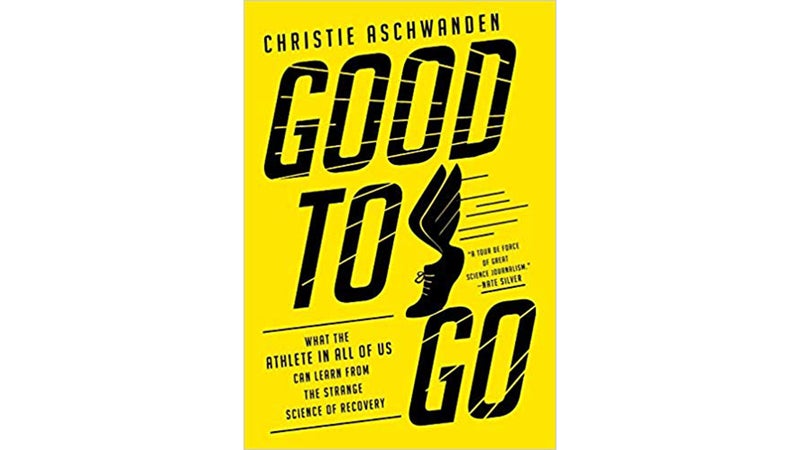
The ��on the science of athletic performance this year is an easy pick. That doesn’t mean its messages��are easy to implement or accept, though. Aschwanden, a highly respected science journalist, takes a hard look at the evidence behind the post-exercise recovery techniques athletes love so much, from plain old ice baths to high-tech cryosaunas to unvarnished crap like Tom Brady’s infrared pajamas. In almost every case, the hype outstrips the evidence—but that doesn’t mean recovery isn’t important. Instead, Aschwanden argues for a broader understanding of the stresses we’re trying to recover from, and a more holistic view of what it means to recover.
‘Range,’ by David Epstein
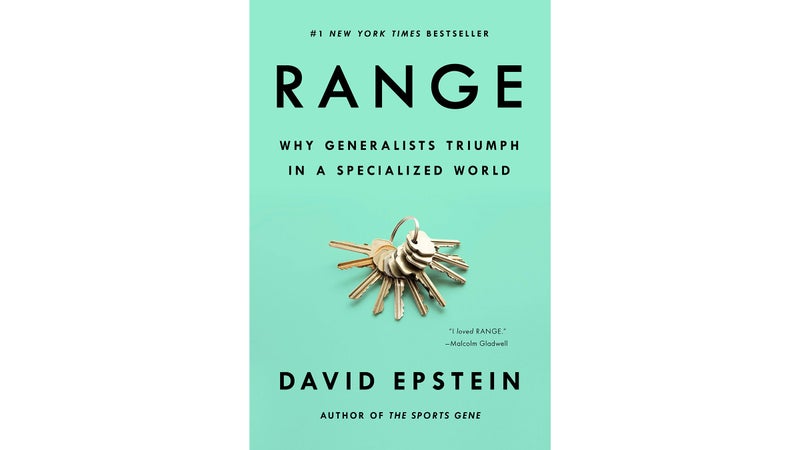
Epstein’s first book, back in 2013, was , which remains to my mind the best sports science book out there. In , he brings the same rigor to a broader topic: the subtitle of the book is “Why Generalists Triumph in a Specialized World.” The common thread linking both topics: pushing back against the popular notion that reaching the highest echelons of success in any given field requires narrow, Tiger Woods-style obsession from the moment you leave the crib. Even Malcolm Gladwell, whose earlier work helped popularize the idea of a “10,000-hour rule” of practice for success, liked it: “For reasons I cannot explain,” he wrote, “David Epstein manages to make me thoroughly enjoy the experience of being told that everything I thought about something was wrong.” (“Which is funny,” Epstein’s wife , “because that is how I felt after our first date.”)
‘Passion Paradox,’ by Brad Stulberg and Steve Magness
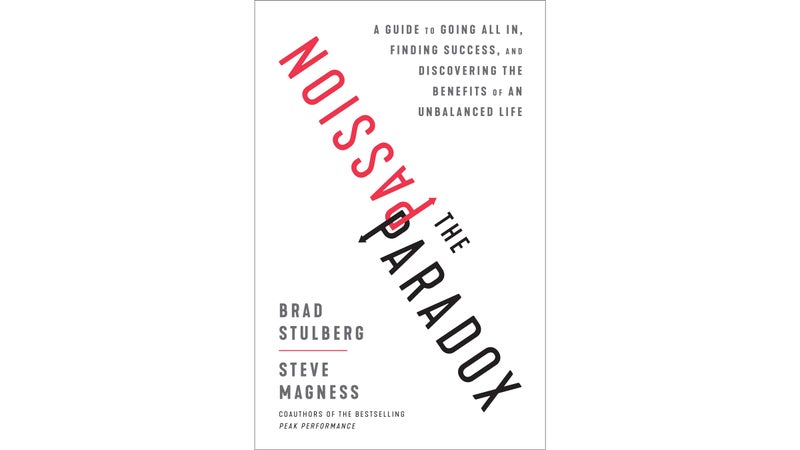
Stulberg and Magness’s previous book, , was a big success—the kind of thing that you’d think you would merit some popped corks and lounging by the pool. Instead, the two of them were spitballing topics for their next book before the first one was even published. This sort of drive can be tremendously productive. It’s a big part of why Magness is a well-known track coach and Stulberg is, among other things, a columnist for ���ϳԹ��� (the pinnacle of human achievement, in my view). But it’s also a short step from there to burnout. That’s the paradox of the , as Stulberg and Magness explore the joys and pitfalls of going all-in, and how to make it sustainable.
‘She Has Her Mother’s Laugh,’ by Carl Zimmer
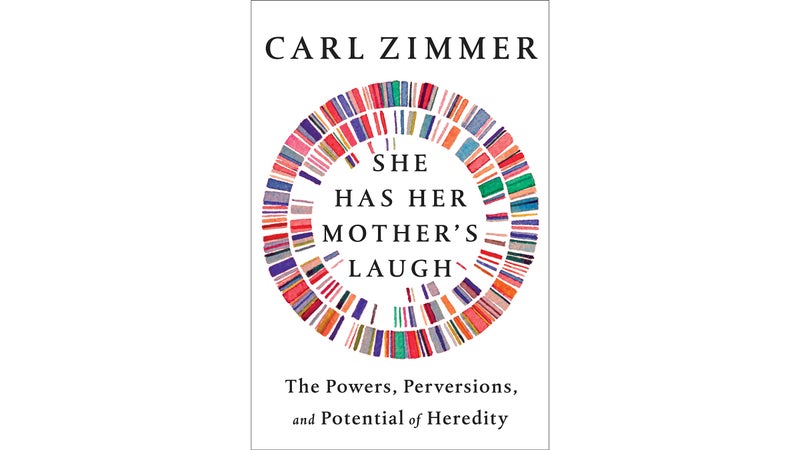
I’ll be honest: I thought I had a pretty good handle on genetics. I’ve read and , and have some vague memories of high-school and university biology. What more did I need to know? Tons, it turns out. is fascinating, and I found it especially interesting to read this year, when my own daughters are reaching the age where my wife and I are constantly debating which of us (if anyone) should get the blame or take the credit for their latest escapades.
‘The Wife’s Tale,’ by Aida Edemariam
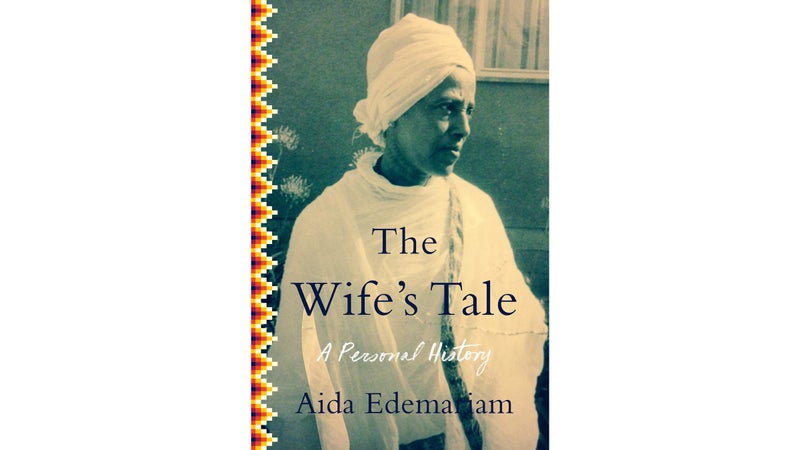
If you’re a fan of distance running, then you probably know more about the rich culture and history of countries like Kenya and Ethiopia than the average person. But reading ��reminded me how little I actually know. It’s basically a biography by Edemariam, a Guardian journalist, of her own grandmother, who was born more than a century ago and married before she was 10 years old. But the personal biography also becomes an intimate and fascinating history of the country itself. Put it this way: to fully understand and appreciate the feats of runners like Haile Gebrselassie, it helps to know who Haile Selassie was.
‘Into the Planet,’ by Jill Heinerth
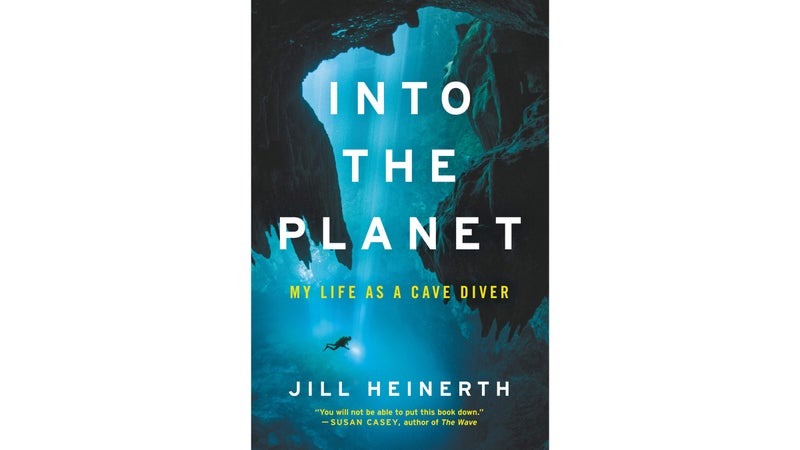
I actually just cracked ��open, but it’s off to such a strong start that I’m comfortable adding it to the list. Heinerth is one of the world’s leading cave divers, which is one of those activities that I rank up there with free solo climbing in terms of craziness. In fact, according to Heinerth, more people have died exploring underwater caves than climbing Mount Everest: typically about 20 people die each year. The book follows her through dives inside Antarctic icebergs, excavating Mayan ruins in the sinkholes of the Yucatán Peninsula, and elsewhere around the world, and wrestles with the ever-present questions about how to balance fear, danger, and the pursuit of beauty.
‘The Right Stuff,’ by Tom Wolfe
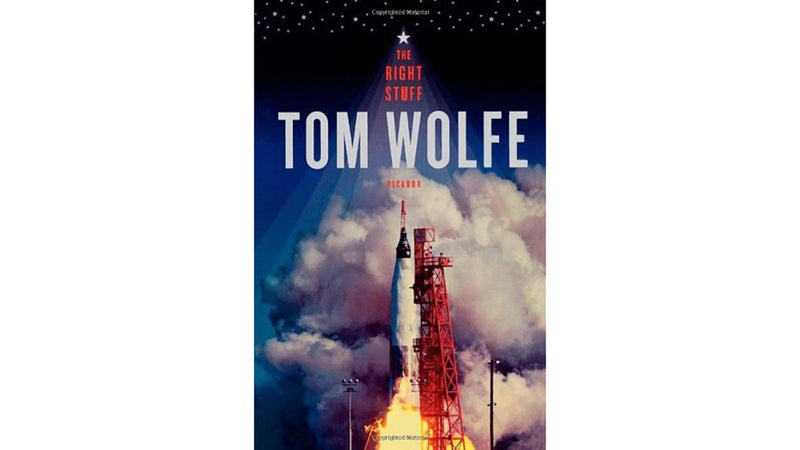
, first published back in 1979, about the early years of the U.S. astronaut program. It’s a great read for a lot of reasons, but one of the things that struck me when I read it over the summer was Wolfe’s descriptions of what it felt like to be totally focused on��the pursuit of a really, really hard goal. He was talking about elite test pilots, but some of his descriptions almost could have been pulled straight from John L. Parker, Jr.’s cult running classic, , which had been published a year earlier:
“From up here at dawn the pilot looked down upon poor hopeless Las Vegas (or Yuma, Corpus Christi, Meridian, San Bernardino, or Dayton) and began to wonder: How can all of them down there, those poor souls who will soon be waking up and trudging out of their minute rectangles and inching along their little noodle highways toward whatever slots and grooves make up their everyday lives—how could they live like that, with such earnestness, if they had the faintest idea of what it was like up here in the righteous zone?”��
OK, it’s a little over the top. But it reminded me, in some oblique way, of what it feels like to be in the shape of your life and cruising through a really good tempo run. And the book, overall, shored up my resolve to always be in pursuit of something that gets me into that righteous zone.
Now for some quick hits:
Running Greats
- The big addition to the genre this year was Matthew Futterman’s , which tells the story��of pioneering distance coach Bob Larsen. Many fans know Larsen as the longtime coach of Meb Keflezighi, but the best part of the book deals with his pioneering work with (as the subtitle puts it) “a band of misfits” in the 1970s.
- Back in 2016, three major English-language biographies of Czech superstar Emil Zátopek were published. I was so torn between them that I didn’t get around to reading any of them, which is a complete travesty, given that Zátopek has a decent claim on the much-disputed title of greatest runner ever. To right that wrong, I’ve just finished Richard Askwith’s�� You can read the beginning of the prologue for : try it, and I guarantee you’ll end up reading the whole thing.
- And just to complete the nostalgia trip, check out Neal Bascomb’s 2004 book . After a year that saw a human run 26.2 miles in less than two hours, during which we’ve been subjected to an endless stream of analogies to the four-minute mile (—sorry!), it’s a great time to revisit the definitive account of what actually happened in the years leading up to Roger Bannister’s feat.
Wilderness
- Adam Shoalts’s new book, , tells the story of his epic 2,500-mile solo canoe trip across the Canadian Arctic from west to east. As a pure adventure story, it’s a worthy follow-up to his 2015 bestseller Along Against the North. But Shoalts’s books have also prompted me to think a little more deeply about why I find these sorts of wilderness trips so alluring—a topic I wrote about in ��for the New York Review of Books’s NYRDaily.
- One of the older books I dug up after reading Shoalts’s tales was , a collection of essays by the pioneering conservationist Aldo Leopold. The most famous line in it, perhaps even more resonant now than when the book was first published in 1949: “Of what avail are forty freedoms without a blank spot on the map?”
- But were there ever really “blank spots” on the map? Charles C. Mann’s 2005 book, , brought together a vast trove of archeological and anthropological evidence to paint a vastly different picture of the supposedly “untouched” wilderness that European explorers found. Definitely worth a read if, like me, you love visiting the emptiest places you can find and imagining them as untouched by human hands.
Miscellaneous
So you want to run—no, make that race—a marathon? The third edition of , by Pete Pfitzinger and Scott Douglas, is now available. In the 18 years since it first appeared, it has become the default guide for serious marathon training. Come for the intro by Molly Huddle, stay for the no-nonsense advice and exhaustively detailed training plans.
If you’re a New Yorker nerd, you’ll enjoy the inside tales in Mary Norris’s��. For me, the highlight was her nostalgic-in-advance defense of sticking with traditional grammar and language rules even as they slip out of common usage: “‘Whom’ may indeed be on the way out,” she acknowledges, “but so is Venice, and we still like to go there.”
And while I’m sharing favorite lines, let me add one from Tommy Orange’s amazing novel , which is now out in paperback: “The trouble with believing is you have to believe that believing will work, you have to believe in belief.” Orange’s book is about urban Native Americans in Oakland… but for a moment I couldn’t help thinking about Eliud Kipchoge.
Coming Soon
Here are three books to stick on pre-order to ring in the New Year. Kelly McGonigal’s argues that exercise can and should be a joy rather than a chore. Roman Dial’s is a personal account of Dial’s search for his son Cody, who went missing��in Costa Rica in 2014. And finally, is the book debut of Chris Napier, a friend of mine who is a physiotherapist with the Canadian national team and also has a Ph.D. in biomechanics and injury prevention (i.e. a good guy to know).
Lastly, I’ll throw in a plug for my own book, , which was published last year and appeared on the New York Times bestseller list. People (OK, my mother) keep asking me what I’m going to write about next, and the answer is: I don’t know, because I put literally everything I know about the science of endurance into Endure.��
Happy reading, and enjoy the holidays!
My book, , with a foreword by Malcolm Gladwell, is now available. For more, join me on ��and , and sign up for the Sweat Science .


